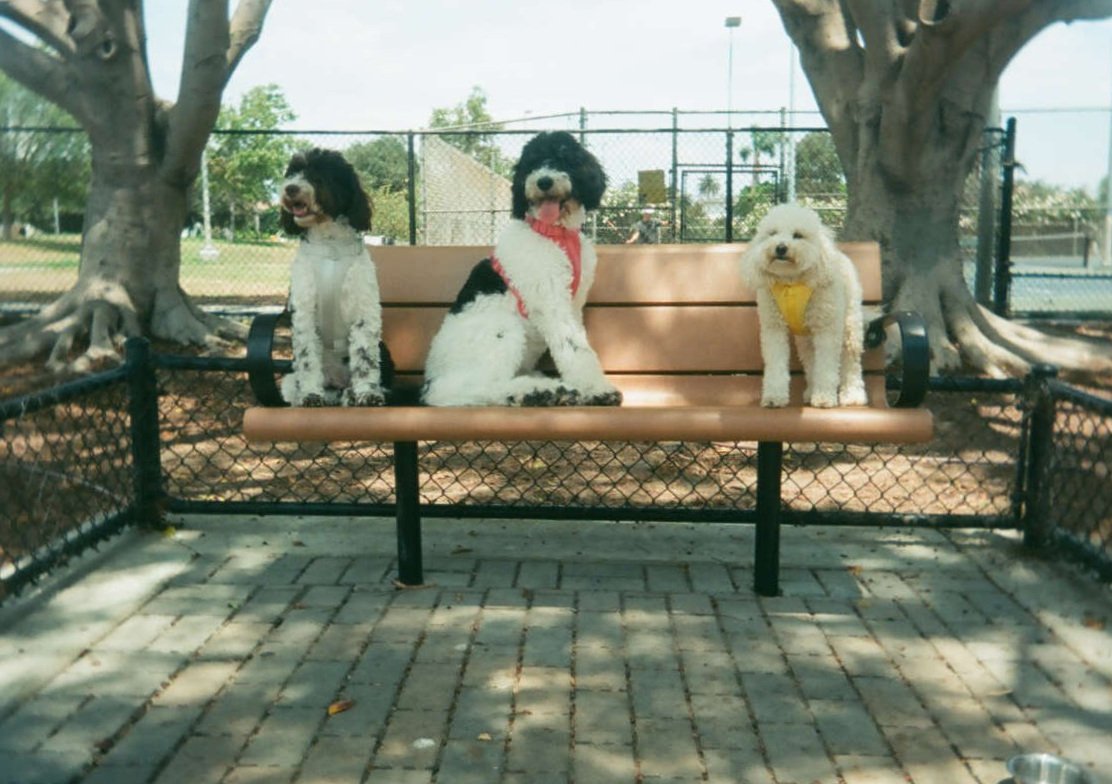Despite the ubiquitous nature of digital photography these days, analog (film) photography clings to the photography world like lichen to a rock, refusing to fade into complete obscurity. And while there are only a handful of new film cameras currently in production (I was too lazy to do the actual research on specifically how many), used film cameras can be found in countless numbers with some going for tens of dollars and some going for thousands of dollars each. And yes ... while it is very likely true that current film production capacity doesn’t seem like it will ever rival that of digital gear, film itself and film developing kits and supplies are still being made that support the used film camera market that still exists. The fact that so many of these used cameras are still around – and are still in perfectly good working order is a testament to their durability and to the exacting standards in which they were made. Just as encouraging, the culture and marketplace that surrounds and supports analog photography is worldwide, engaging, creative, and very active.
My history with cameras has been long. My first camera was a Kodak Ektralite 10 that was followed many years later by a Kodak Disk 4000. Both were easy to use (point and shoot), “pocketable,” and (best of all) cheap. I eventually graduated to a Canon AE-1 and have been a Canon shooter almost exclusively ever since. I can honestly say that … of all of the cameras I currently own ... my Canon EOS-1N is my pride and joy. Brand new in 1994, that camera costed around $1,800 in the US (body only – no lenses or the power booster). I paid $125 for two of ‘em at the Pasadena, CA Camera Fair in 2018 – one included the power booster. Both work like the day they rolled off the assembly line. That camera is simultaneously a precision imaging machine and a beast of a workhorse. It weighs a ton (not quite, but almost!), shoots six frames a second with the optional E1 Power Drive Booster … and (perhaps best of all) … is an EF mount camera which means it natively accepts all of the modern EF lenses that currently fit my Canon 5D Mark IV.
I love that Canon AE-1 … but it’s NOT what I’m here to discuss today.
What I AM here to discuss today is my newest (and brand new!) film camera – my Kodak Ektar H35. (Full disclosure … yes … the camera is branded with the trademark name of “Kodak,” but was NOT manufactured by Kodak. The name was instead licensed to a company named Reto who ultimately created the camera and released it in early 2022.
There’s not much to this camera at all (and perhaps that’s the appeal). It is the very antithesis of today’s modern cameras with all of their feature sets. Plastic body; “optical grade acrylic” 22mm lens. Fixed aperture of F9.5 and a shutter speed of 1/100s. It does have a flash (powered by a AAA battery that is activated and deactivated by a simple turn of lens hood. I have discovered that the flash will still discharge for one frame after it is turned off, so beware of that if you happen to purchase one.
Because its aperture and shutter speed is fixed at F9.5 and 1/100s, I’ve found that this camera really needs a lot of light in order to be best effective.
The fact that this is a half-frame camera (i.e., two photos for each frame of 35mm film), you essentially get double of your shooting opportunities … so … a roll of 24 exposure film will get you 48 shots in this camera. I thought that my scans and prints would come back from the developer in half frame format - i.e., two exposures per frame - printed together. I instead received separate scans and prints for each frame. That was unexpected. I don’t know if that is just what the developer I used did or if that’s what every developer will do when developing, scanning, and printing images from half-frame cameras such as this one.
In addition, because of the mask that is used to divide each frame of film into two equal shots, the shooting style for this camera will be different than what you are typically accustomed to. If you want a landscape-oriented photo, you’ll have to hold the camera in its portrait orientation (and vice versa for shooting portrait oriented shots).
The camera comes in four colors: sand (tan), sage (green), brown and black, costs $49.99 is shipping now.
Here are some sample shots from my first two rolls of film from this camera. As you can clearly tell, the images are not sharp (plastic lens!), but they definitely have that warm film quality to them. The images below are not edited in any way and are direct uploads from the developer I used. I was prepared to mention them, but I’m not happy with the service I was provided. The first two shots below are from an expired roll of Kodak Ektar 100 (May 2014). The last shot was from an expired roll of Kodak Porta 400 (Jun 2016). Both days were a bit overcast and cloudy, so I do intend to take the camera out again on a bright and sunny day to see how the camera performs in that light.
Last Thoughts
I enjoyed using this camera - and even found myself in a few conversations with people who asked about it. If you’re interested in film photography, there are many cameras that you can purchase that will give you much sharper images for approximately the same cost. This one however is simple, doesn’t require much thought beyond composition, and is easy to carry around.




